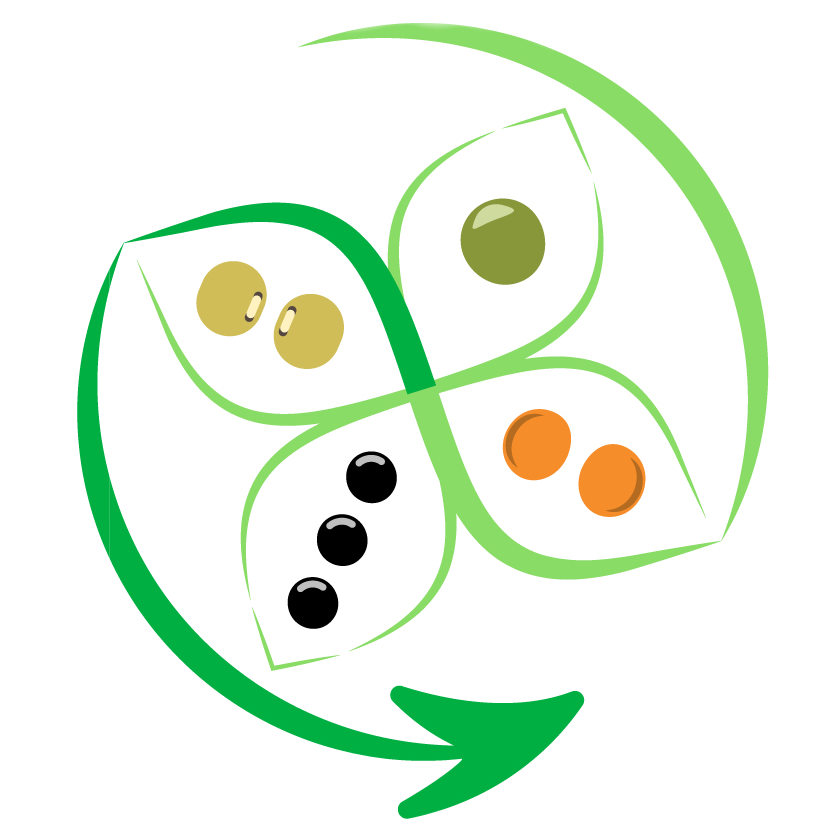Using RNAseq and Structural variant data to futher explore genetic control of red-yellow cotyledon colour
Profile the carotenoid compounds in both wild and cultivated germplasm to determine the range of variability in concentration.
Identify a candidate for the Yc gene controlling the red vs yellow cotyledon colour in the previously identified region on Lcu.2RBY.Chr1.
Germplasm
| Germplasm Genus |
Lens
|
|---|---|
| Germplasm Scientific Name |
|
| Germplasm Collection |
|
Most of world’s lentils are eaten in dehulled form, and the most commonly consumed types have red cotyledons, followed by those with yellow cotyledons. Lentil cotyledons of all colours contain carotenoids which are known for their antioxidant properties. The Yc gene is a major gene controlling the red vs yellow cotyledon colour, and the yellow-cotyledon type generally has a lower carotenoid content than the red-cotyledon type.
Using multiple different populations, we have identified a region on Lcu.2RBY.Chr1 containing the Yc gene. Within that region, there are two genes associated with the carotenoid pathway. Examination of exome capture sequence data from diverse genotypes, however, has revealed no clear pattern relative to the phenotype. This opens up the possibility that there are other genes in that region not represented in the short-read assembly, or that the causative variation falls outside the gene coding region. We are currently generating transcript data from genotypes with red or yellow cotyledons, sampled at multiple timepoints during seed development. In this study, we will use this dataset along with the long read data and structural variant datasets produced through the same funding to identify the candidate gene for Yc.
There are both red and yellow cotyledon types in wild lentil species, and mapping in interspecific populations suggests it is the same gene. This suggests cotyledon colour was either introgressed via outcrossing with cultivated yellow lines or it evolved multiple times. Using the long read data we should be able to distinguish between these possibilities by examining the candidate gene and surrounding region. We will profile the carotenoid compounds in both wild and cultivated germplasm to determine the range of variability in both quantity and types present. Seeds from interspecific crosses between lines of contrasting carotenoid profiles will be obtained from replicated field trials being grown under the following experiments: Seed shape and colour characteristics: LR-68 analyzed with BELT and Seed shape and colour characteristics: LDP over 6 site-years from 2017-2018 analyzed with with BELT. These will be analyzed using in-house HPLC protocols and QTL analysis will be conducted to identify regions of the genome that are associated with the different profiles. Phenotypic data from multiple locations will allow us to better understand the effect of the environment on the expression of carotenoids. Information on profiles will be shared with industry partners and the necessary knowledge and genomic tools will be shared with the breeding program to help them enhance carotenoid levels in lentil varieties.
Attribution
| Data Custodian |
|
|---|---|
| Data Curator | |
| Research Organization |
Experiments
Measure the carotenoid concentrations in the AGILE Lentil Diversity Panel (LDP).
Measure the carotenoid concentration in a RIL population segregating for cotyledon colour to determine if there is a link between red-yellow cotyledon colour and carotenoid concentration.

